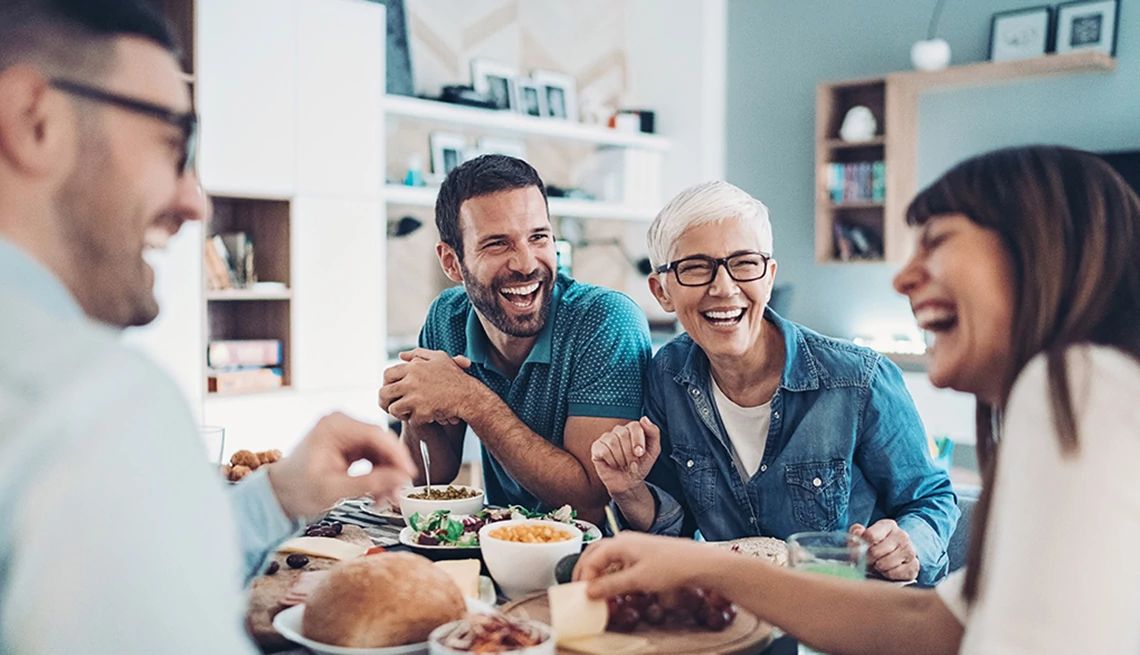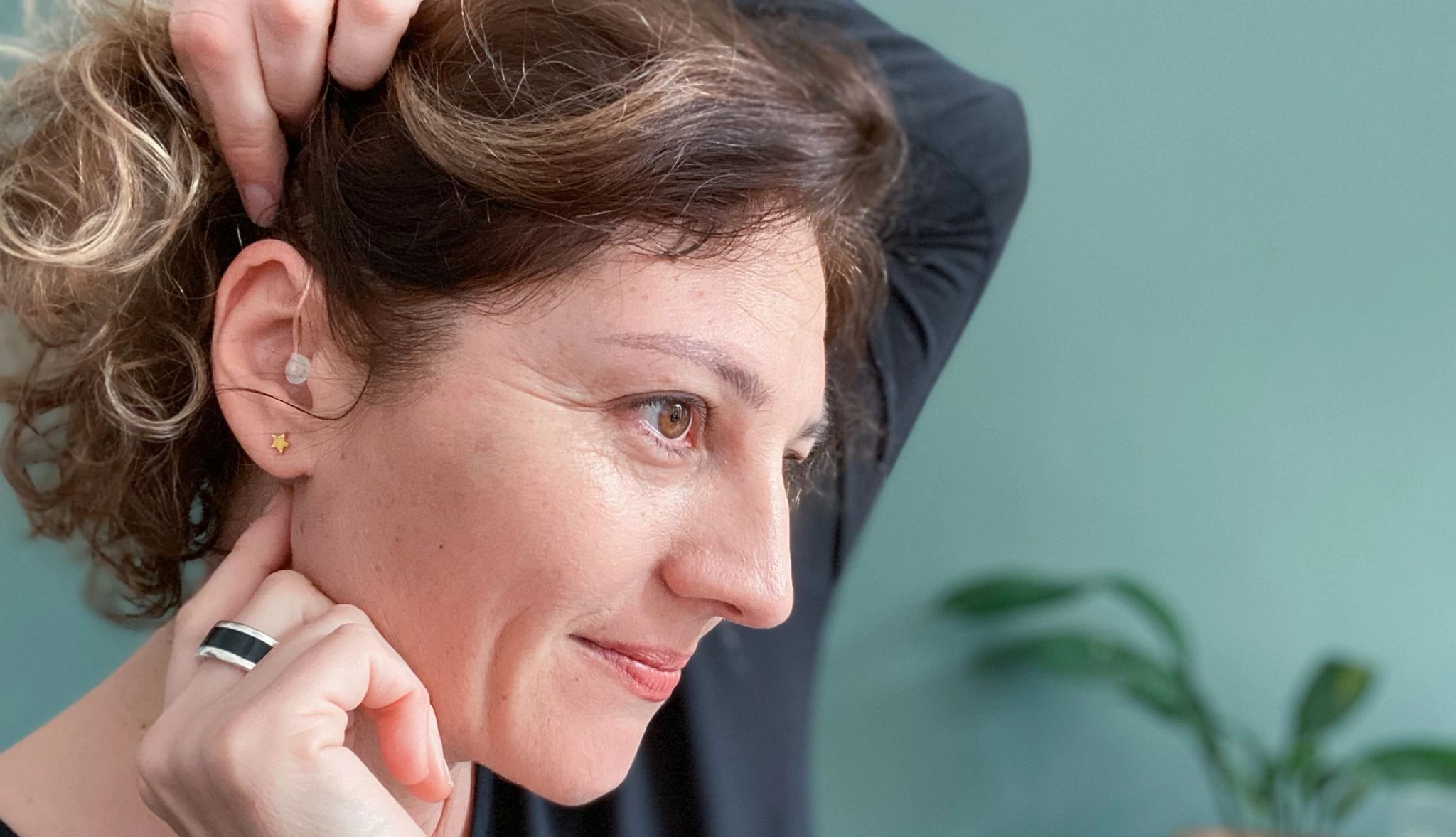Challenges
Try This Today
- Watch Denise Austin‘s demonstration of the Downward Dog pose above.
- Hold the pose for 30 seconds.
- Breathe deeply while holding the pose.
- Adapt the pose to suit your level of fitness. For example, bend your knees as much as you need to feel a gentle stretch.
To build your yoga routine, add the foundational poses Beginner Warrior and Beginner Cobra.
Why
Yoga helps promote better balance and can help build your core strength. The Beginner Downward Dog pose provides a great stretch for your arms, legs and lower back. This pose also strengthens your hands and wrists. Yoga can help improve cognitive function in older adults, according to a systematic review of six studies of people age 60 and older published in 2021 in Complementary Therapies in Medicine. In a more recent systematic review and meta-analysis of 15 studies of adults age 60 and older published in 2023 in the International Journal of Older People Nursing, yoga significantly improved balance, strength, flexibility and symptoms of depression.












More From Staying Sharp
Your Brain on Tennis
Learn how tennis challenges the brain in ways that other exercises may notWork Out With Denise Austin: Simple Sit-Ups
This exercise can help build core strength
Stand for 10 Minutes Every Hour
Most of us spend way too much time sitting